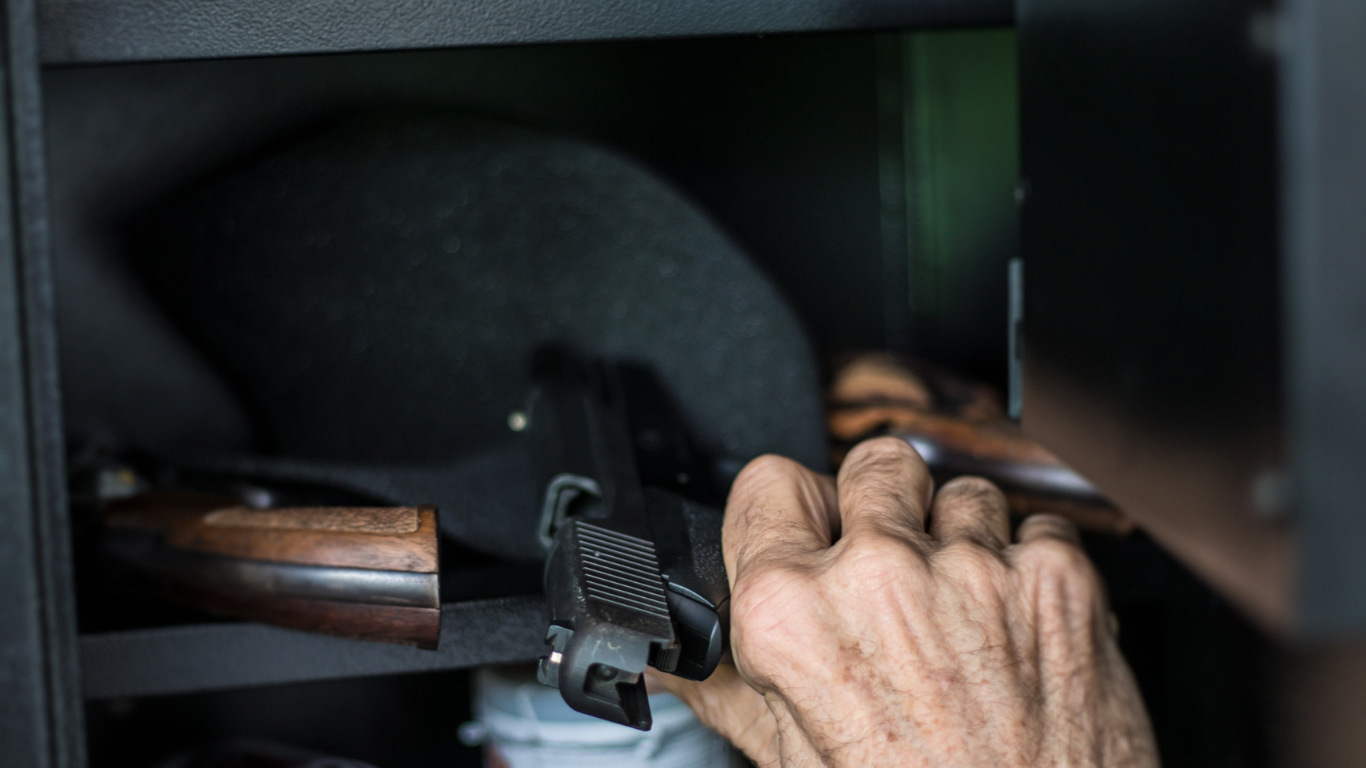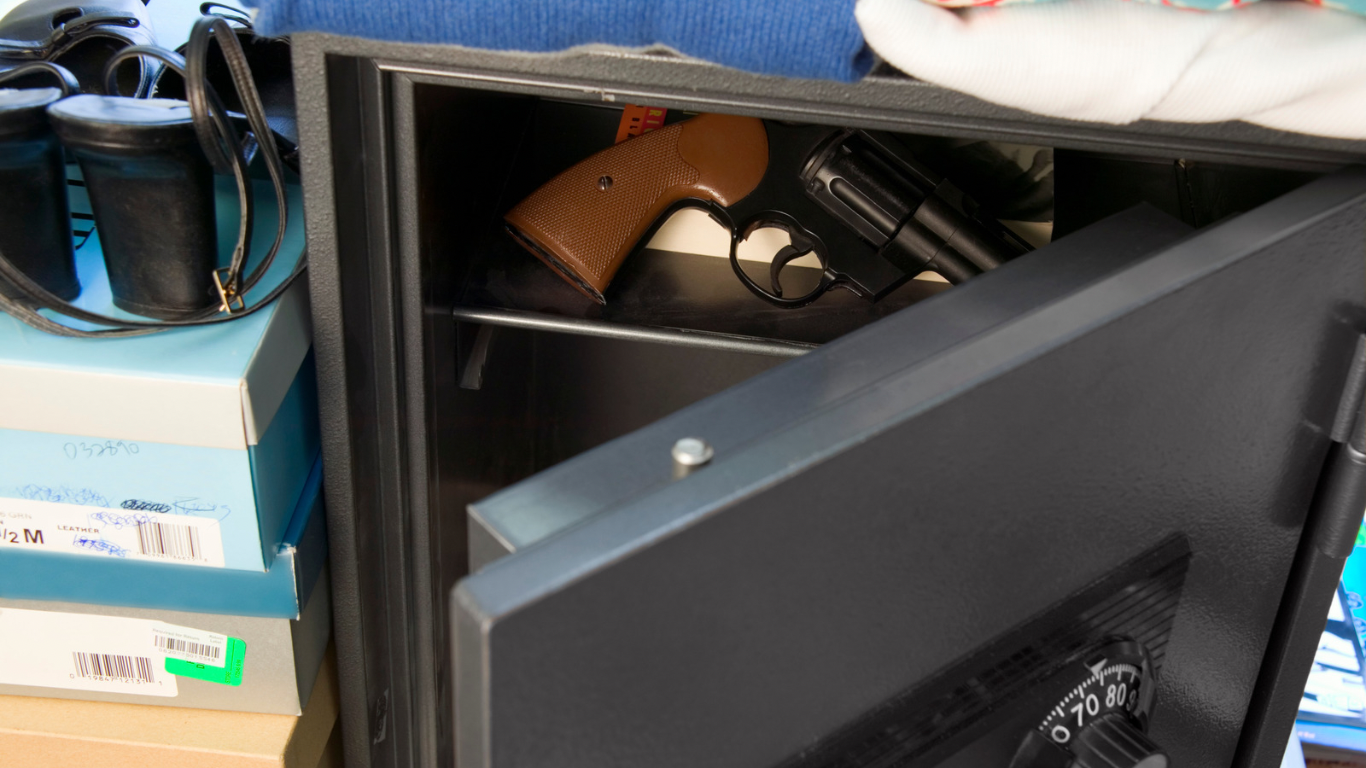Guns ignite a heated debate in the United States, with proponents of the Second Amendment facing off against advocates of stricter regulations. Yet, amidst this controversy, one aspect remains universally paramount: gun safety. Every year, approximately 30,000 lives are tragically lost to gun-related injuries in the United States, many of which could have been prevented through the implementation of proper safety measures. This blog post aims to delve into the theory and practice of gun safety, equipping you with the knowledge to safeguard yourself and those around you.
Mastering the Fundamentals
Before embarking on any endeavor, it is crucial to grasp the fundamentals. When it comes to gun safety, four cardinal rules stand firm:
- Maintain a safe direction for the firearm at all times.
- Ensure that your finger remains off the trigger until you are fully prepared to take a shot.
- Treat every gun as if it were loaded.
- Be aware of your target and what lies beyond it.
Whether you are an experienced shooter or a novice, adhering to these principles is non-negotiable to prevent unfortunate accidents.
Secure Storage
Safeguarding your loved ones from gun accidents necessitates responsible storage. Various options are available, depending on the type of firearm, its size, and your living situation. Popular choices include gun lockers, safes, and trigger locks. Ensure that your firearms are locked away, and out of reach from children, untrained individuals, and unauthorized users. For enhanced protection, consider investing in a fireproof gun safe.
Training at the Range
To handle firearms safely and responsibly, it is imperative to undergo range training with certified instructors. Range training offers invaluable opportunities to enhance your shooting skills, improve accuracy, and instill proper habits. Additionally, it equips you with the knowledge needed to avoid crossfire situations and prevent mishaps. Always familiarize yourself with the specific gun laws in your state before commencing any range training.
Mental Preparedness
While technical competence is paramount, mental preparedness is equally vital when it comes to firearm usage. Owning a gun can provide a sense of security, but without mental readiness, it can potentially expose you to danger. It is essential to know when and how to use your firearm, understand legal implications, and be prepared for any eventuality. Factors such as body language, voice projection, and movement play crucial roles in diffusing situations and avoiding conflicts.
Staying Current
As with any skill, regularly practicing gun safety ensures that your abilities remain sharp, effectively preventing accidents. Consistent range training helps maintain proficiency and boost confidence. Additionally, staying abreast of laws and regulations empowers you to take proactive measures in accident prevention. Furthermore, staying informed about advancements in weapon technology and operation keeps you ahead of the curve.
Conclusion
Regardless of your stance on gun ownership, prioritizing gun safety is paramount to protect yourself and those around you. Education, training, and practical application of acquired knowledge are the keys to fostering a culture of gun safety. By embracing the fundamental principles, securing firearms, undergoing range training, preparing mentally, and staying informed, you can preempt potential safety gaps and ensure the well-being of yourself and your community.
Remember, gun safety transcends legal regulations and risk management—it demands personal responsibility and a commitment to preserving the welfare of all. Although it requires extra effort, let us collectively work towards ensuring that firearms are wielded safely and pose no harm to society.






